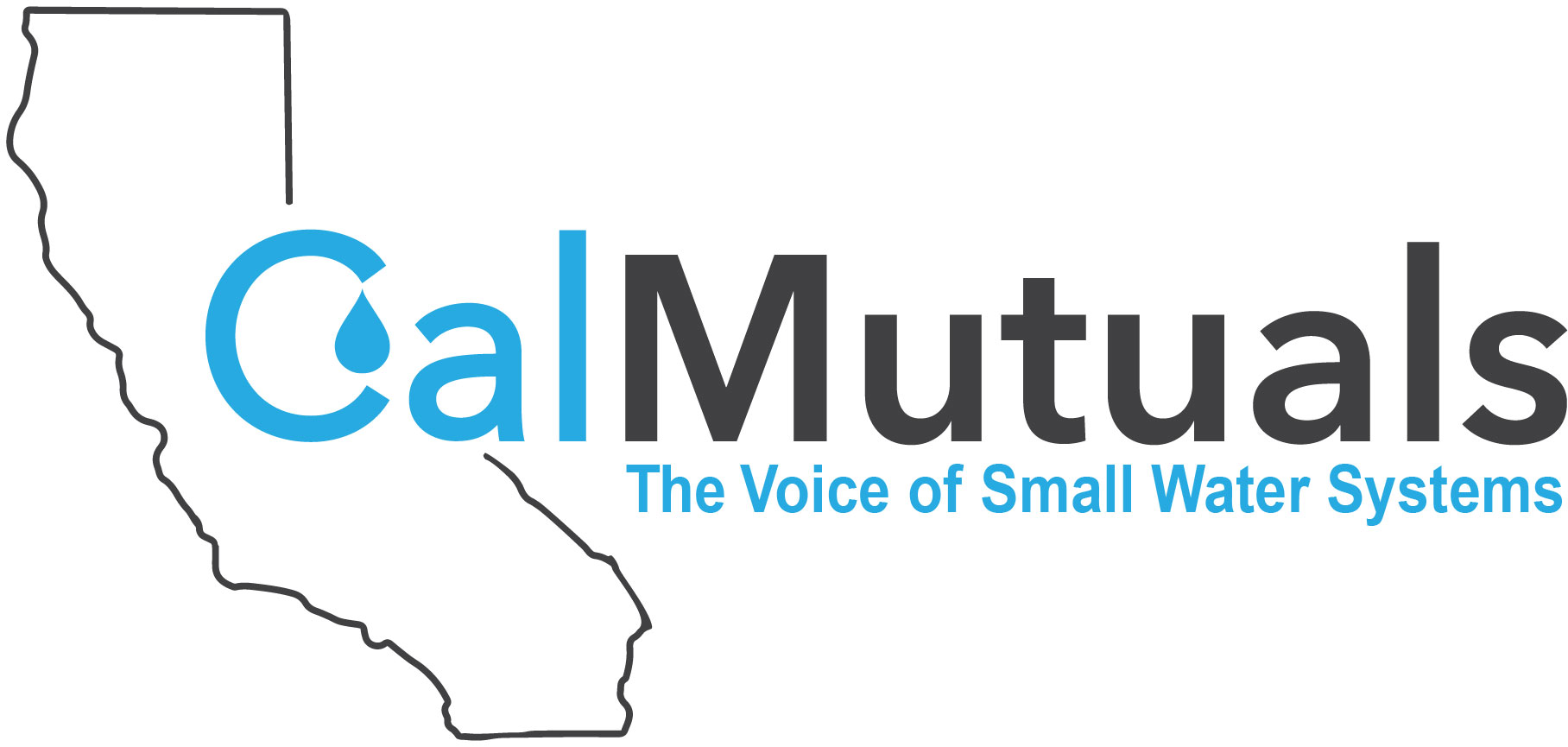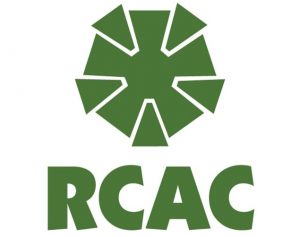Webinar | Pumps, Motors & Energy Efficiency
Webinar OnlyThis course Pumps, Motors & Energy Efficiency is offered two times on the same day, attendees ONLY need to register once to take this course. Pumping water is one of the most inefficient uses of energy there is. Most water pumping systems only convert 30 to 60 percent of the power they consume (and you pay for) into useful work, one of the lowest margins of efficiency of all uses of energy. Why? The laws of physics mostly, but also simple mistakes made in selecting a pump or motor for a given duty point. This workshop will help you understand and minimize inefficiency in your pumping systems and teach you how to choose the right pump and motor for the job—one that will save money year after year. This workshop will give participants a variety of tools, tips and information they can use to reduce energy costs at their utilities. Participants will learn: Where to find and how to use free Total Dynamic Head (TDH) and horsepower calculators on the internet How to calculate TDH in a fluid pumping system How to solve wire-to-water energy calculations The six factors in friction loss and how to minimize them

